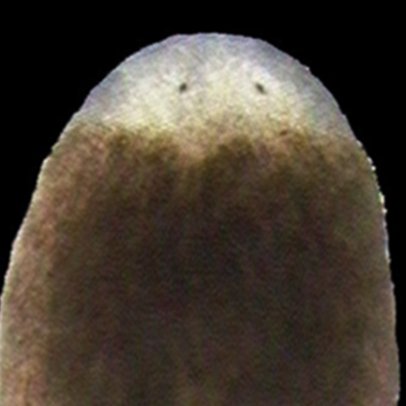Freshwater planarians have amazed scientists since the first descriptions of their great regenerative capabilities reported already at the end of the 18th century. Planarians can regenerate an entire animal from almost any piece of their body in very few days. These remarkable plasticity depends upon the presence of a special population of stem cells, named neoblasts. Planarian neoblasts are adult pluripotent stem cells scattered throughout the body. Upon amputation or injury, neoblasts proliferate and differentiate into any cell type required to restore the missing structures. In our laboratories we are interested in understanding how planarian neoblasts receive and respond to the molecular signals that enable their appropriate proliferation and differentiation. Furthering in our knowledge on planarian regeneration will help in understanding regeneration and stem cell biology across the animal kingdom and could give clues on how to progress in developing new strategies to improve human regenerative abilities.
Welcome
Latest news
The 6th European Planarian Meeting is here!!!
Save the date! The 6th European meeting on Planarian biology will be celebrated the 13-15th of October in Hotel Cap Roig
Our new paper on LIM-HD is out
Our new paper characterizing the LIM-HD family of transcription factors is out at Open Biology . Impressive work by Loli
Anna Guixeras visits Jordi Solana's lab at Oxford Brookes
As part of her PhD, Anna is visiting Jordi Solana's lab at Oxford Brookes to perform single-cell sequencing after




